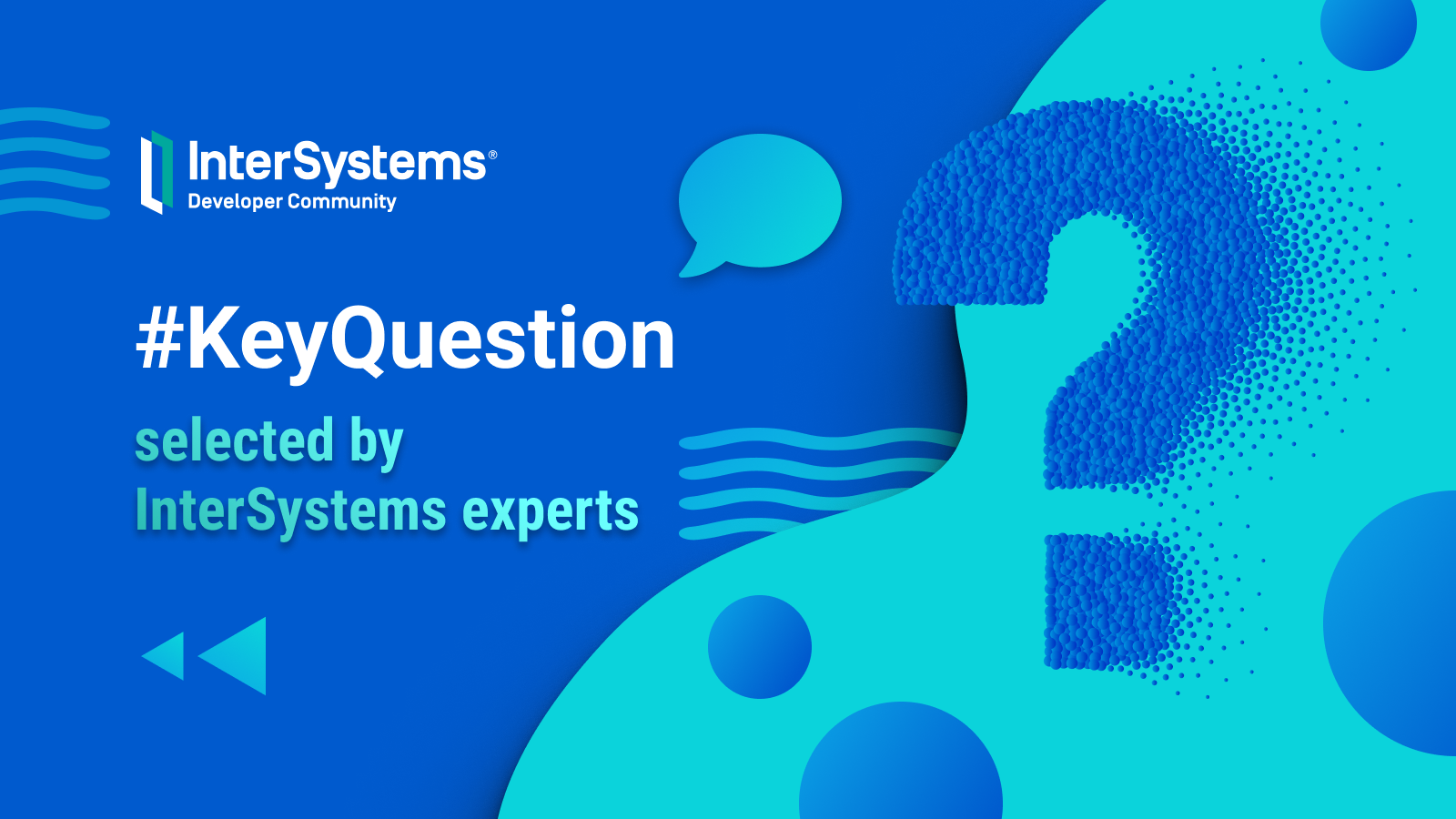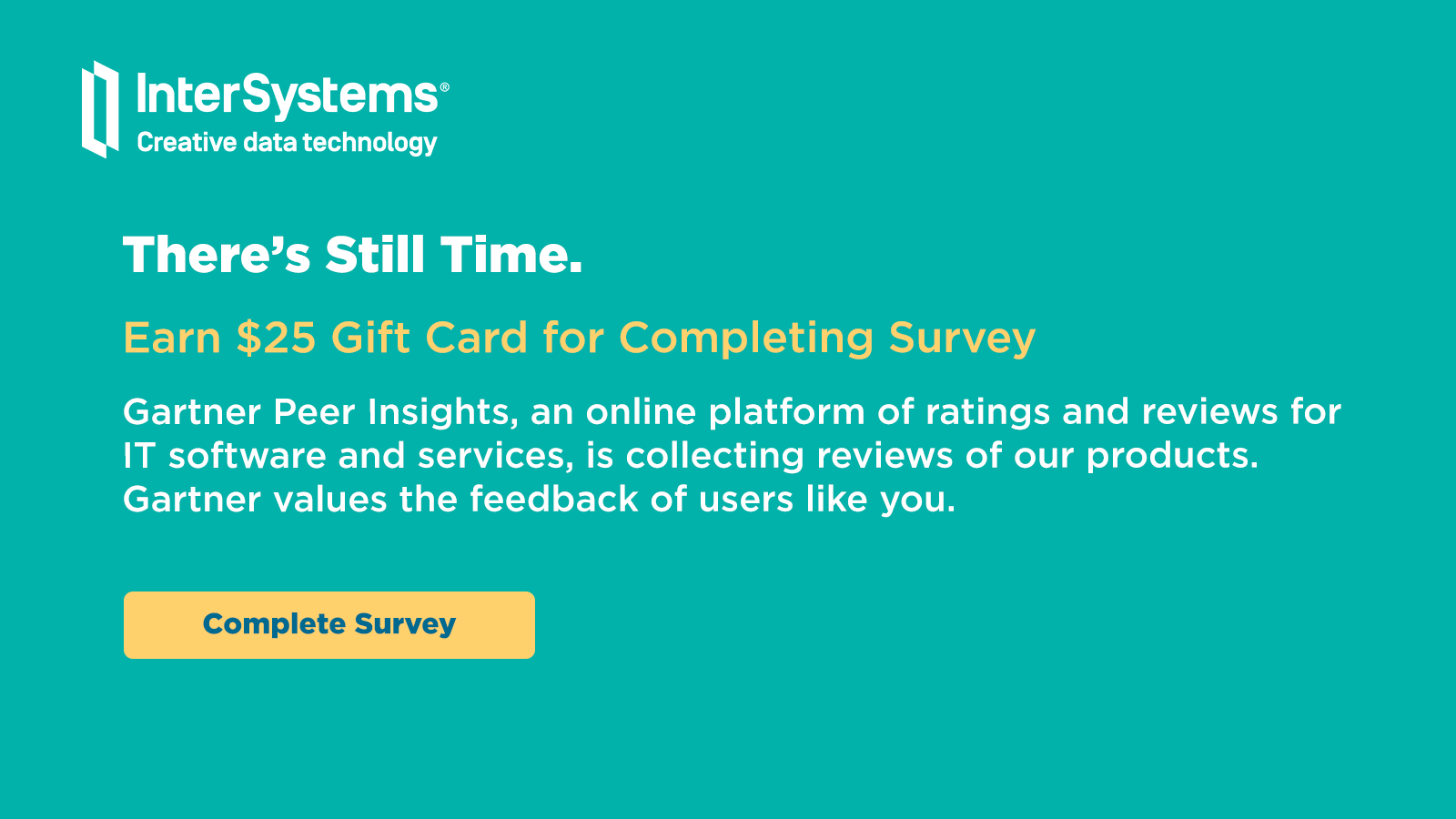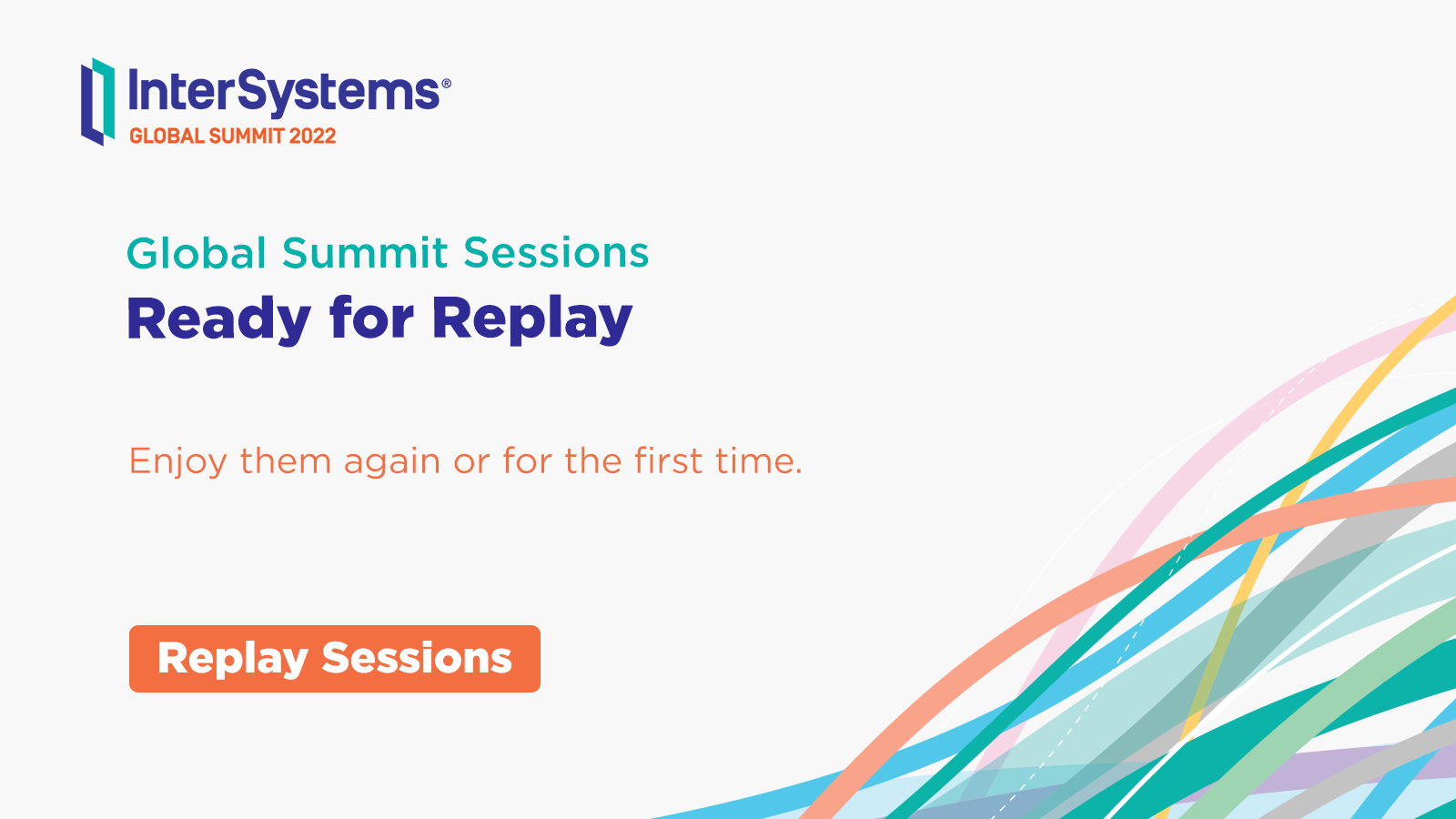Is there anyone using this callback in the code? I was searching in the latest IRIS documentation for any handy callbacks of the %Persistent class which allows me to execute some codes just right after a transaction has been committed (TCOMMIT). The description of this %OnSaveFinally() sounds the thing I want because it said:
InterSystems Developer Community is a community of
25,142 amazing developers
We're a place where InterSystems IRIS programmers learn and share, stay up-to-date, grow together and have fun!

.png)



.png)

.png)
